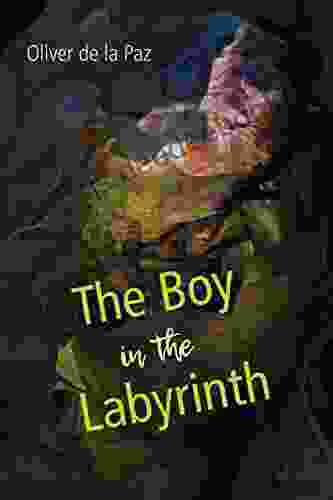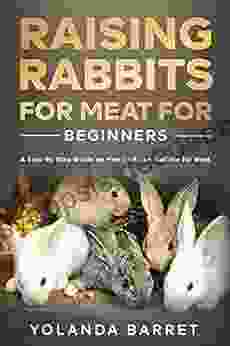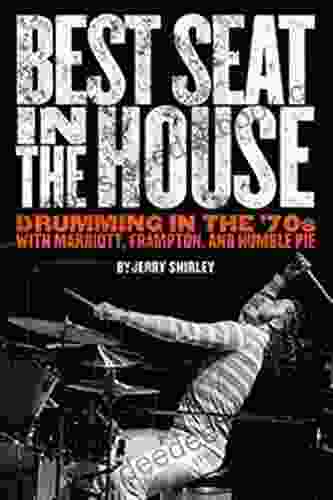Modal Theory for Singer-Songwriters: A Comprehensive Guide to Unlocking Harmonic Possibilities

For singer-songwriters, mastering the art of songwriting involves exploring a vast array of musical elements, including harmony. One fundamental aspect of harmony that can greatly enhance your songwriting is modal theory. By understanding the principles of modal theory, you can unlock a world of harmonic possibilities, creating captivating and unique progressions that will elevate your songs to new heights of musicality.
What is Modal Theory?
In music theory, a mode is a distinct scale or pattern of notes that imparts a specific mood or character to the melody or harmony. Unlike the familiar major and minor scales, which form the foundation of Western classical music, modes are derived from these scales but emphasize different notes, resulting in diverse sonic qualities.
5 out of 5
| Language | : | English |
| File size | : | 596 KB |
| Text-to-Speech | : | Enabled |
| Screen Reader | : | Supported |
| Enhanced typesetting | : | Enabled |
| Word Wise | : | Enabled |
| Print length | : | 102 pages |
| Lending | : | Enabled |
The Seven Modal Scales
There are seven primary modal scales, each with its own unique sound and characteristics:
- Ionian: The major scale; familiar and uplifting.
- Dorian: Minor scale with a raised sixth; soulful and pensive.
- Phrygian: Minor scale with a lowered second; exotic and haunting.
- Lydian: Major scale with a raised fourth; bright and ethereal.
- Mixolydian: Major scale with a lowered seventh; bluesy and cool.
- Aeolian: Natural minor scale; melancholic and expressive.
- Locrian: Diminshed scale; dissonant and mysterious.
Modal Interchange in Songwriting
One of the most effective ways to utilize modal theory in songwriting is through modal interchange. This technique involves borrowing chords from a different mode while staying rooted in your primary scale. By mixing and matching chords from different modes, you can create unexpected and intriguing harmonic progressions that add depth and interest to your music.
Practical Applications
To help you understand how modal theory can be applied in practice, here are some practical tips for incorporating it into your songwriting:
- Start with the Ionian mode: As the major scale, the Ionian mode is the most familiar and straightforward starting point for exploring modal theory. Once you have a solid understanding of the Ionian mode, you can venture into other modes.
- Experiment with different modal chords: Borrow chords from other modes and experiment with how they sound in your progressions. For instance, try adding a Dorian minor sixth chord to a major key progression or incorporating a Lydian augmented fourth chord for a brighter sound.
- Listen to modal music: Familiarize yourself with famous songs that utilize modal theory. Listen to artists like Bob Dylan, Joni Mitchell, and Miles Davis to hear how they incorporate modal elements into their music.
- Don't be afraid to experiment: Modal theory is not a rigid set of rules; it's a tool for expanding your harmonic palette. Don't hesitate to experiment with different combinations of chords and see what sounds good to your ear.
By embracing modal theory, singer-songwriters can unlock a world of harmonic possibilities and create captivating and unique songs. Whether you're a seasoned songwriter looking to expand your musical vocabulary or a novice seeking to elevate your compositions, understanding and applying modal theory can transform your songwriting journey.
Remember, mastering modal theory takes practice and exploration. Dedicate time to experimenting with different modes and chords, and you'll discover how this powerful tool can enhance your songwriting and take your music to new heights.
5 out of 5
| Language | : | English |
| File size | : | 596 KB |
| Text-to-Speech | : | Enabled |
| Screen Reader | : | Supported |
| Enhanced typesetting | : | Enabled |
| Word Wise | : | Enabled |
| Print length | : | 102 pages |
| Lending | : | Enabled |
Do you want to contribute by writing guest posts on this blog?
Please contact us and send us a resume of previous articles that you have written.
 Novel
Novel Text
Text Library
Library Magazine
Magazine Paragraph
Paragraph Bookmark
Bookmark Shelf
Shelf Bibliography
Bibliography Foreword
Foreword Preface
Preface Manuscript
Manuscript Scroll
Scroll Codex
Codex Bestseller
Bestseller Classics
Classics Library card
Library card Narrative
Narrative Biography
Biography Memoir
Memoir Thesaurus
Thesaurus Narrator
Narrator Librarian
Librarian Card Catalog
Card Catalog Borrowing
Borrowing Periodicals
Periodicals Research
Research Reserve
Reserve Academic
Academic Reading Room
Reading Room Special Collections
Special Collections Literacy
Literacy Study Group
Study Group Thesis
Thesis Dissertation
Dissertation Storytelling
Storytelling Awards
Awards Reading List
Reading List Book Club
Book Club Theory
Theory Textbooks
Textbooks Jim Chevallier
Jim Chevallier Mark Spitzer
Mark Spitzer Charles Horton
Charles Horton Jb Lynn
Jb Lynn Griff Hosker
Griff Hosker Sonali Dev
Sonali Dev Angie Kim
Angie Kim Joel Brown
Joel Brown Cherry Finance
Cherry Finance Anna Bauer
Anna Bauer E K Prescott
E K Prescott Charles Vanden Eynden
Charles Vanden Eynden John Lescroart
John Lescroart Christopher Coker
Christopher Coker Dan Richworth
Dan Richworth Annie Watts
Annie Watts Tim Lihoreau
Tim Lihoreau Ethem Mining
Ethem Mining Greg Lukianoff
Greg Lukianoff Robert Rubin
Robert Rubin
Light bulbAdvertise smarter! Our strategic ad space ensures maximum exposure. Reserve your spot today!

 Mario Vargas LlosaDoctor Who: Unveiling the Enigmatic Time Lord and the Essence of the Series
Mario Vargas LlosaDoctor Who: Unveiling the Enigmatic Time Lord and the Essence of the Series Jay SimmonsFollow ·7.8k
Jay SimmonsFollow ·7.8k Tom ClancyFollow ·10.3k
Tom ClancyFollow ·10.3k Harry CookFollow ·8.9k
Harry CookFollow ·8.9k Corey GreenFollow ·16.9k
Corey GreenFollow ·16.9k Jared NelsonFollow ·17.1k
Jared NelsonFollow ·17.1k William PowellFollow ·13.5k
William PowellFollow ·13.5k Kyle PowellFollow ·10.5k
Kyle PowellFollow ·10.5k W.H. AudenFollow ·17.1k
W.H. AudenFollow ·17.1k

 Bob Cooper
Bob CooperOctopus as Pets: A Comprehensive Guide to Care, Costs,...
Octopuses are...

 Allan James
Allan JamesAkron, Ohio: A City of Poems
Akron, Ohio is a city with...

 Hunter Mitchell
Hunter MitchellA Comprehensive Guide to Raising Rabbits for Meat
Rabbit meat is a nutritious and sustainable...

 Chase Morris
Chase MorrisThe Constitution at Your Dinner Table: How the Founding...
The United States...

 Pete Blair
Pete BlairDrumming in the 70s with Marriott, Frampton, and Humble...
The 1970s was a...

 Herbert Cox
Herbert CoxThe Creation of Persons and States in the Nineteenth...
The nineteenth century...
5 out of 5
| Language | : | English |
| File size | : | 596 KB |
| Text-to-Speech | : | Enabled |
| Screen Reader | : | Supported |
| Enhanced typesetting | : | Enabled |
| Word Wise | : | Enabled |
| Print length | : | 102 pages |
| Lending | : | Enabled |










